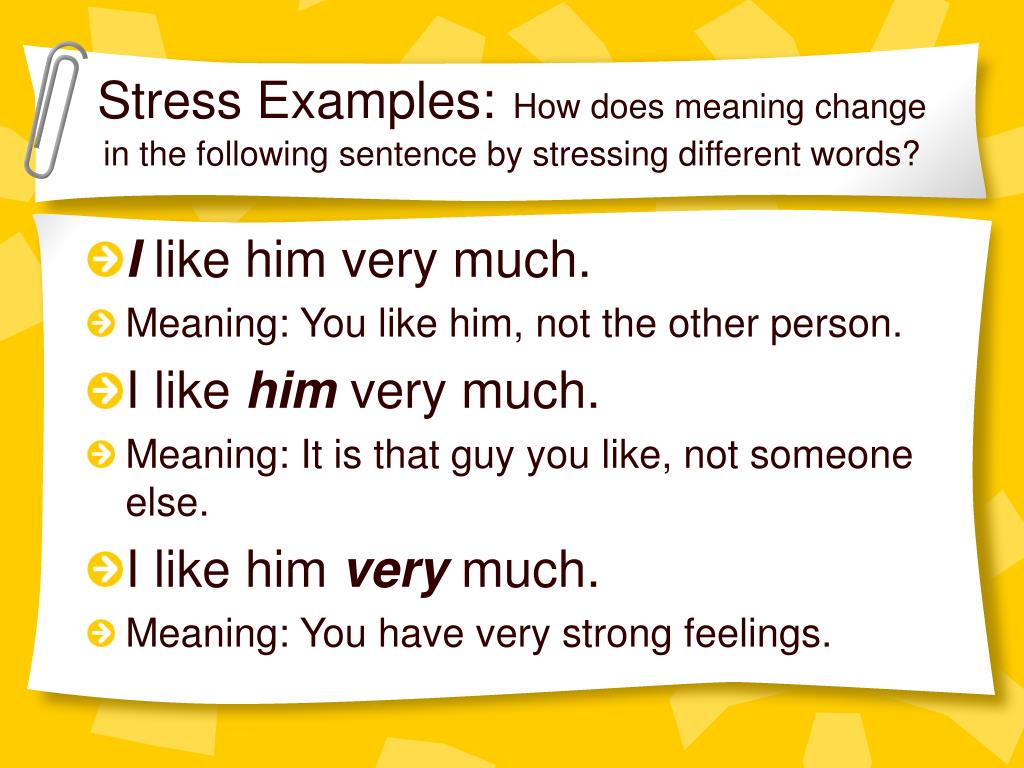

Few are ever subject to any review whatsoever. Approximately 95% of felony convictions in the United States are based on negotiated pleas of guilty (plea bargains) that are entered in routine proceedings at which no evidence is presented. The vast majority of criminal convictions are not candidates for exoneration because no one makes any effort to reconsider the guilt of the defendants. A major reason for this extraordinary exoneration rate is that far more attention and resources are devoted to death penalty cases than to other criminal prosecutions, before and after conviction. Death sentences represent less than one-tenth of 1% of prison sentences in the United States ( 7), but they accounted for about 12% of known exonerations of innocent defendants from 1989 through early 2012 ( 2), a disproportion of more than 130 to 1. The rate of exonerations among death sentences in the United States is far higher than for any other category of criminal convictions. It is hard to imagine how that could be done for criminal convictions generally, but it might be possible for capital murder. To actually estimate the proportion of erroneous convictions we need a well-defined group of criminal convictions within which we identify all mistaken convictions, or at least most. Scalia’s ratio is derived by taking the number of known exonerations at the time, which were limited almost entirely to a small subset of murder and rape cases, using it as a measure of all false convictions (known and unknown), and dividing it by the number of all felony convictions for all crimes, from drug possession and burglary to car theft and income tax evasion. 027 percent-or, to put it another way, a success rate of 99.973 percent” ( 6, p. And in 2007, Justice Antonin Scalia wrote in a concurring opinion in the Supreme Court that American criminal convictions have an “error rate of. Judge Learned Hand said so in 1923: “Our procedure has always been haunted by the ghost of the innocent man convicted.

However, there is no shortage of lawyers and judges who assert confidently that the number of false convictions is negligible. The rate of such errors is often described as a “dark figure” ( 4)-an important measure of the performance of the criminal justice system that is not merely unknown but unknowable. As a result, the great majority of innocent defendants remain undetected. They are also extremely difficult to detect after the fact. All the same, the most basic empirical question about false convictions remains unanswered: How common are these miscarriages of justice?įalse convictions, by definition, are unobserved when they occur: If we know that a defendant is innocent, he is not convicted in the first place. In the past few decades a surge of hundreds of exonerations of innocent criminal defendants has drawn attention to the problem of erroneous conviction, and led to a spate of reforms in criminal investigation and adjudication ( 1 – 3). We conclude that this is a conservative estimate of the proportion of false conviction among death sentences in the United States. We use survival analysis to model this effect, and estimate that if all death-sentenced defendants remained under sentence of death indefinitely, at least 4.1% would be exonerated. The high rate of exoneration among death-sentenced defendants appears to be driven by the threat of execution, but most death-sentenced defendants are removed from death row and resentenced to life imprisonment, after which the likelihood of exoneration drops sharply. This makes it possible to use data on death row exonerations to estimate the overall rate of false conviction among death sentences.

In the United States, however, a high proportion of false convictions that do come to light and produce exonerations are concentrated among the tiny minority of cases in which defendants are sentenced to death. As a result, very few false convictions are ever discovered, and those that are discovered are not representative of the group as a whole. There is no systematic method to determine the accuracy of a criminal conviction if there were, these errors would not occur in the first place. The rate of erroneous conviction of innocent criminal defendants is often described as not merely unknown but unknowable.


 0 kommentar(er)
0 kommentar(er)
